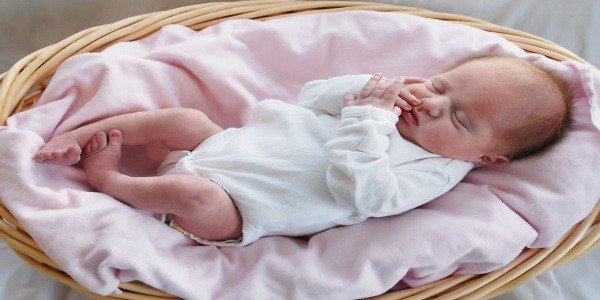Congenital clubfoot

Description
Equinovarus, also called congenital foot deformity is a term used to refer to several conditions in which the foot is abnormally shaped and positioned. Any of the following characteristics may be present and range from a very mild deformity to a very severe one.
• The foot, especially the heel is smaller than normal;
• The lateral part of the foot may be pointing down instead of to the side;
• The front of the foot may be rotated towards that of the other leg;
• The foot may be inverted and in rare cases it may point upwards;< /p>
In most cases, the deformities are already present at birth and can affect one or both legs. In almost half of children with leg deformities, both legs are affected.
Although the condition of congenital clubfoot is painless for the baby, treatment in most cases should begin immediately.
Deformations can lead to serious problems when the child grows up. But with timely treatment, most children born with such an anomaly can lead a normal life.
What are the symptoms?
The abnormality, although it does not cause suffering for the child, eventually leads to discomfort for him and becomes a noticeable disability for him and the other children. Without treatment, foot deformity cannot correct itself.
The foot will remain twisted and the affected leg may be shorter and smaller than the other. These signs become more obvious and become a big problem as the child grows.
The child cannot put on his shoes normally and cannot participate in games. When treatment begins immediately after birth, it will help to overcome this problem.
What are the causes?
In some cases, the deformity is simply a result of the position of the baby while it is developing in the mother’s womb.
But most often, abnormalities in the shape and position of the feet are due to a combination of genetic and environmental factors, the interrelationship of which is not well understood by medical professionals. If someone in the family has such deformities, there is a certain probability that they will also appear in the children.
But if, for example, your first child has such an anomaly, then the risk that the second will also be affected is very high.
When foot deformities are found at birth, investigations should be made for other diseases such as spina bifida for example, as in the majority of cases foot abnormalities are associated with other health problems.
p>
Equinovarus can also be the result of health problems affecting the nervous system, muscles and bones such as a stroke or other brain damage.
Treatment of congenital clubfoot
Treatment starts immediately after birth, because then the baby’s bones are very flexible and can easily be correctly positioned.
Conservative treatment is carried out with the correct positioning of the foot, as far as possible, by an orthopedist and then a cast is applied. This procedure of positioning and subsequent immobilization is repeated every 1-2 weeks for the next several months.
As with any subsequent procedure, if the treatment is effective, the foot should come closer and closer to its usual position. In most children, sufficient improvement is observed, in which case the goal of more further treatment is to maintain the correct position of the foot as the child grows.
This is achieved through splinting and stretching exercises. In order to reduce the child’s discomfort, parents should buy him special orthopedic shoes adapted to his foot. In addition, it is imperative to wear the splintsat least during the first 3 months, and then it is enough to put them on only in the evening until 3 years have passed.



